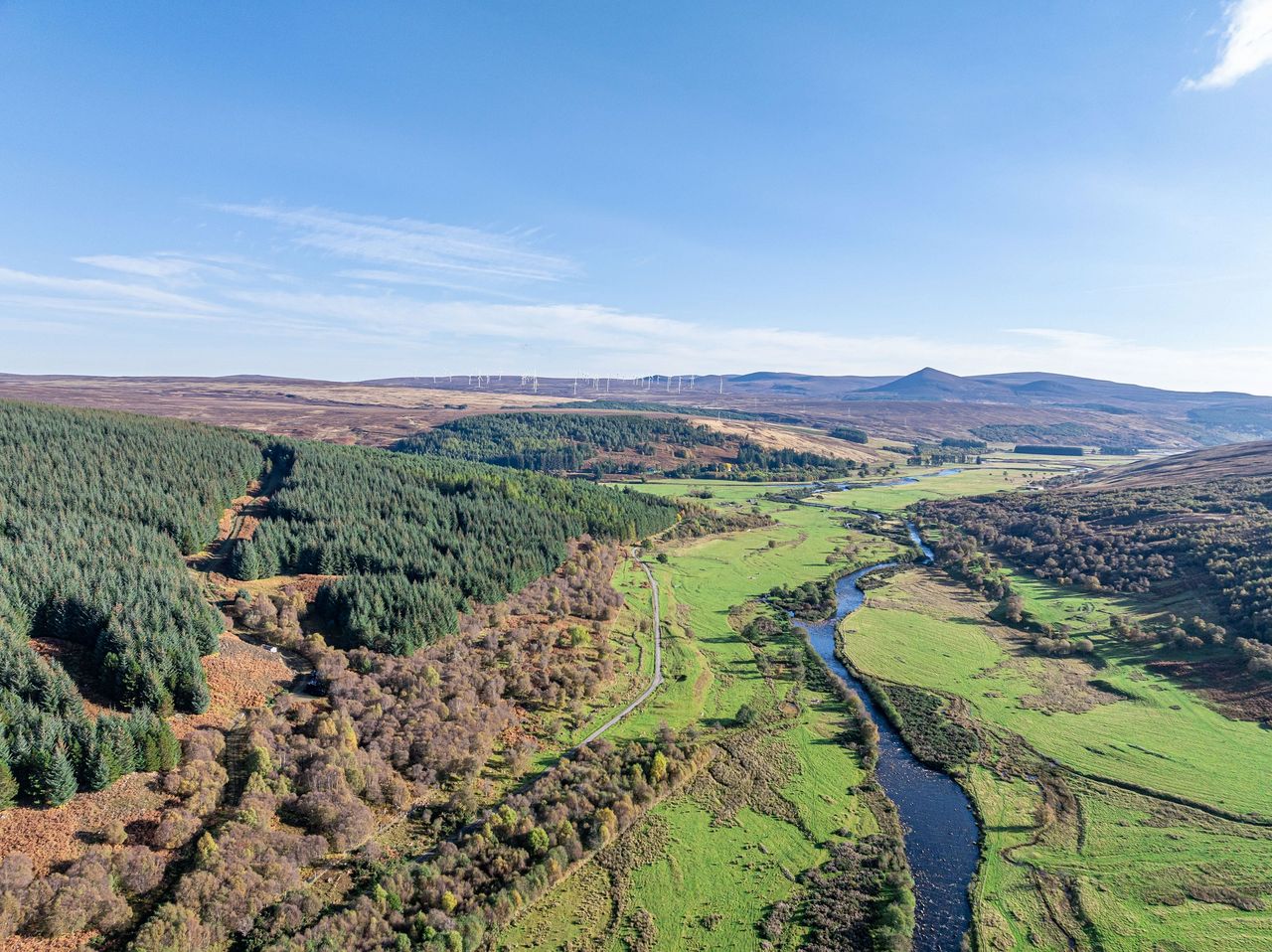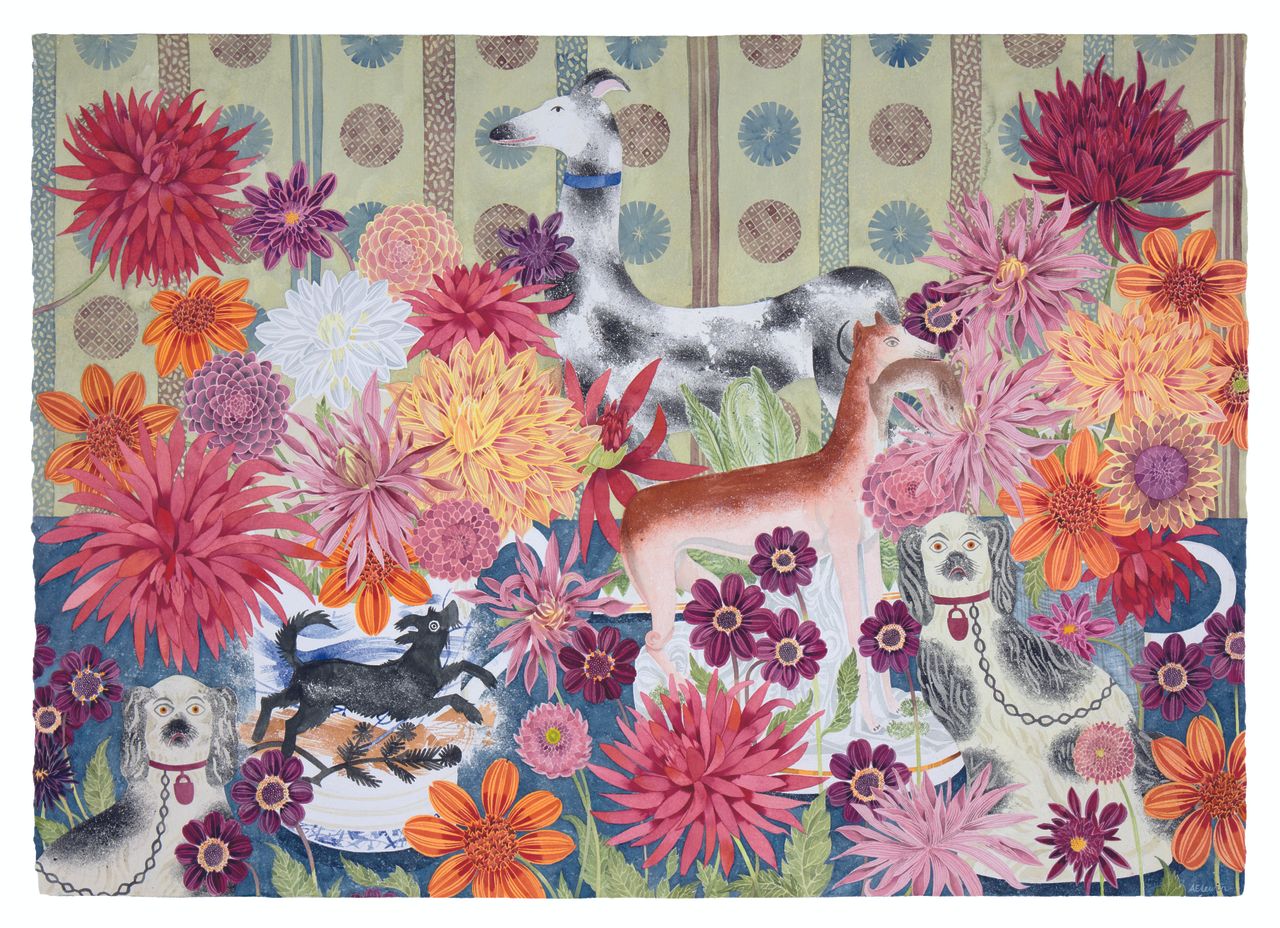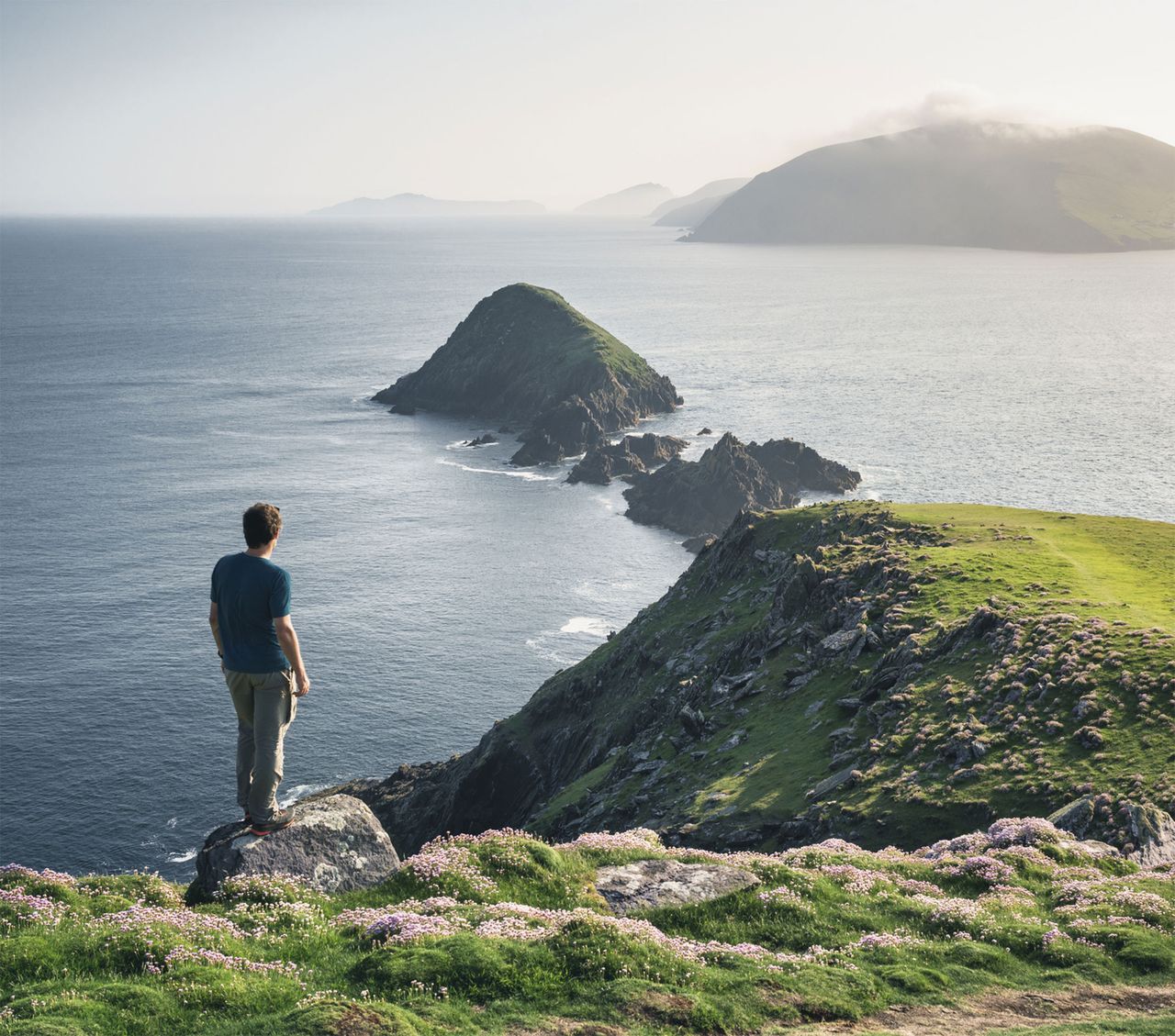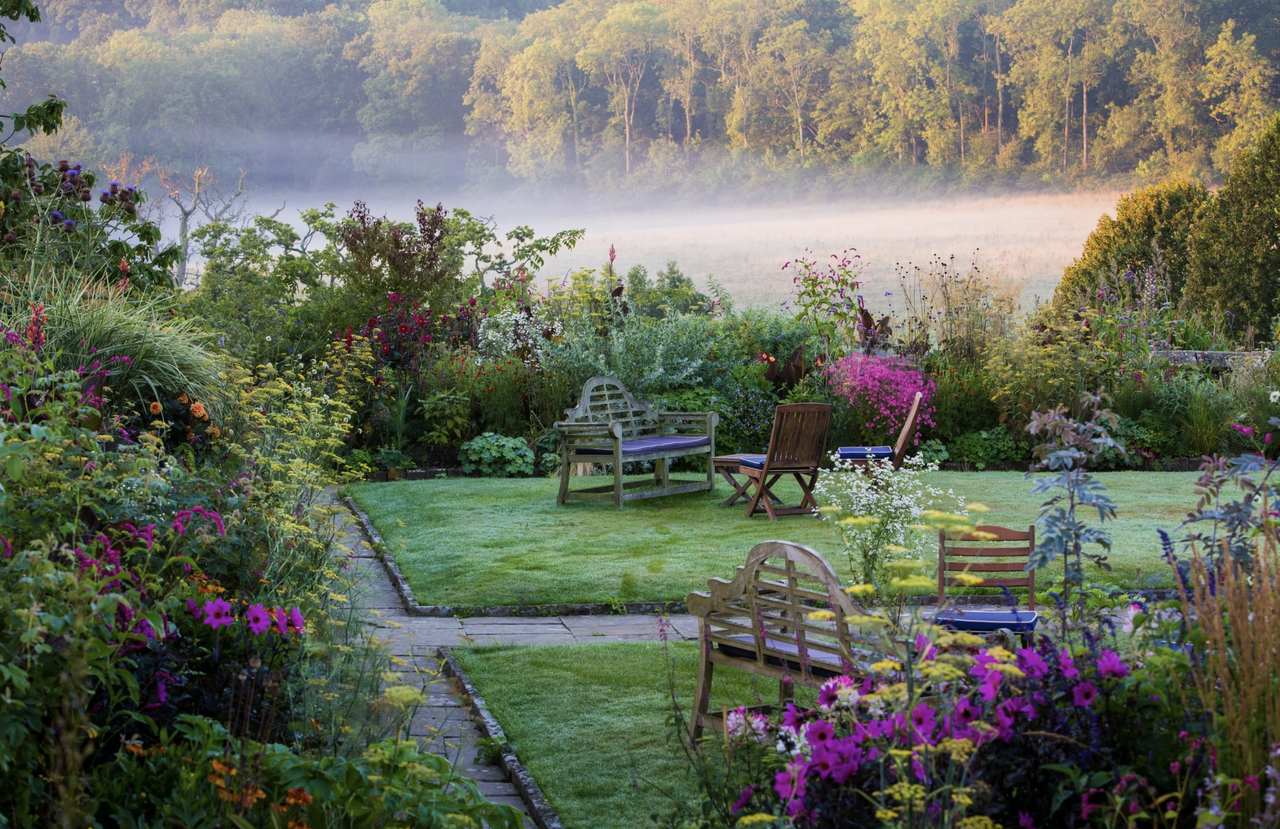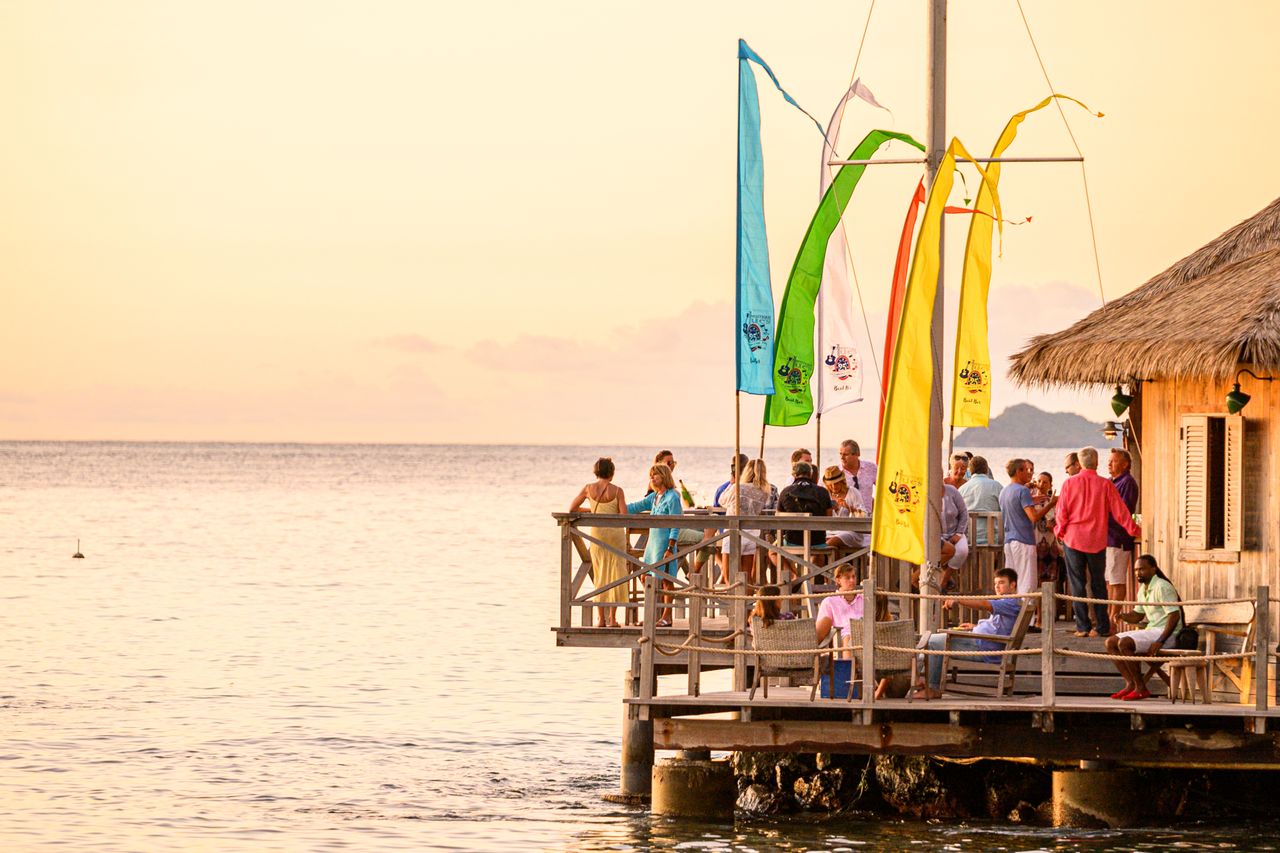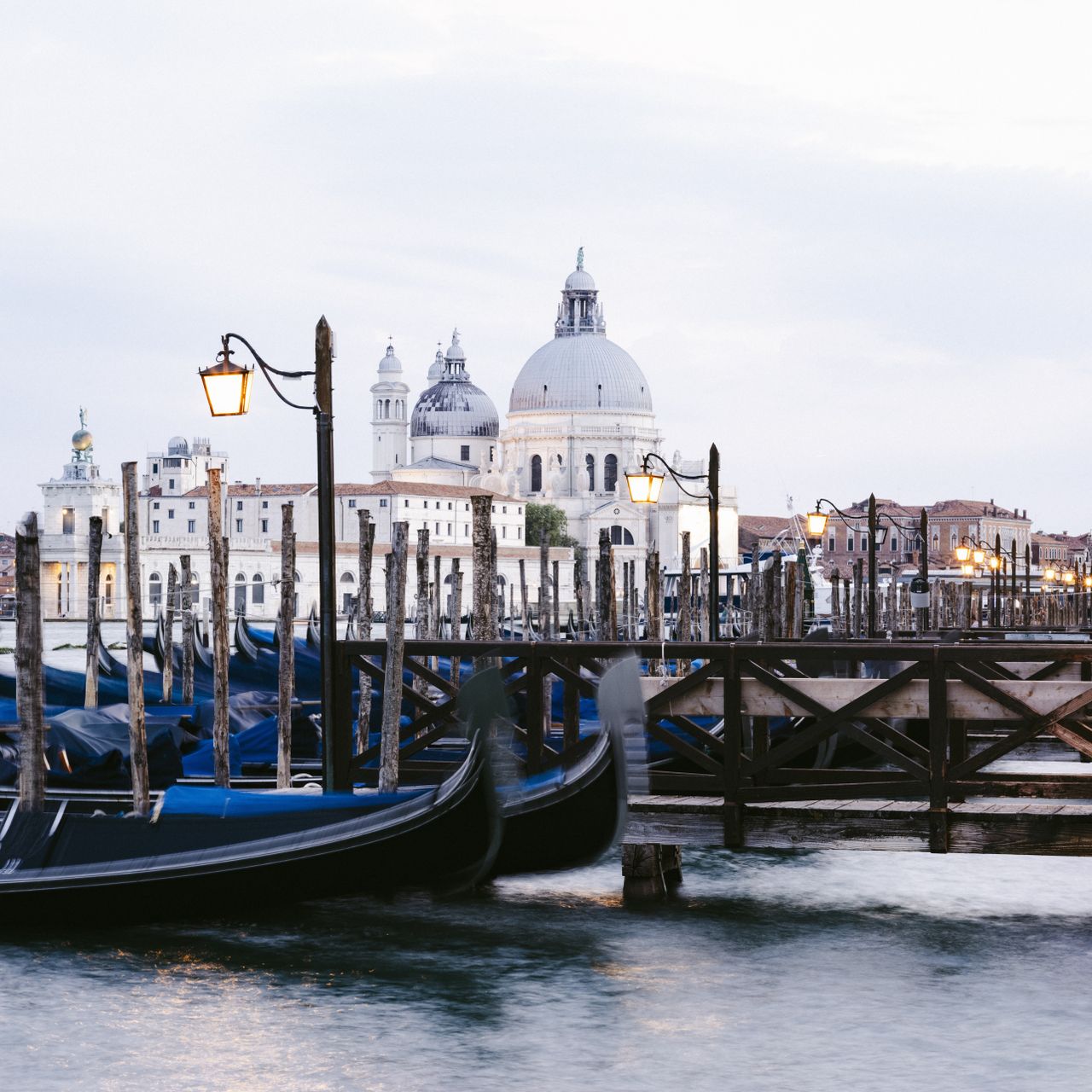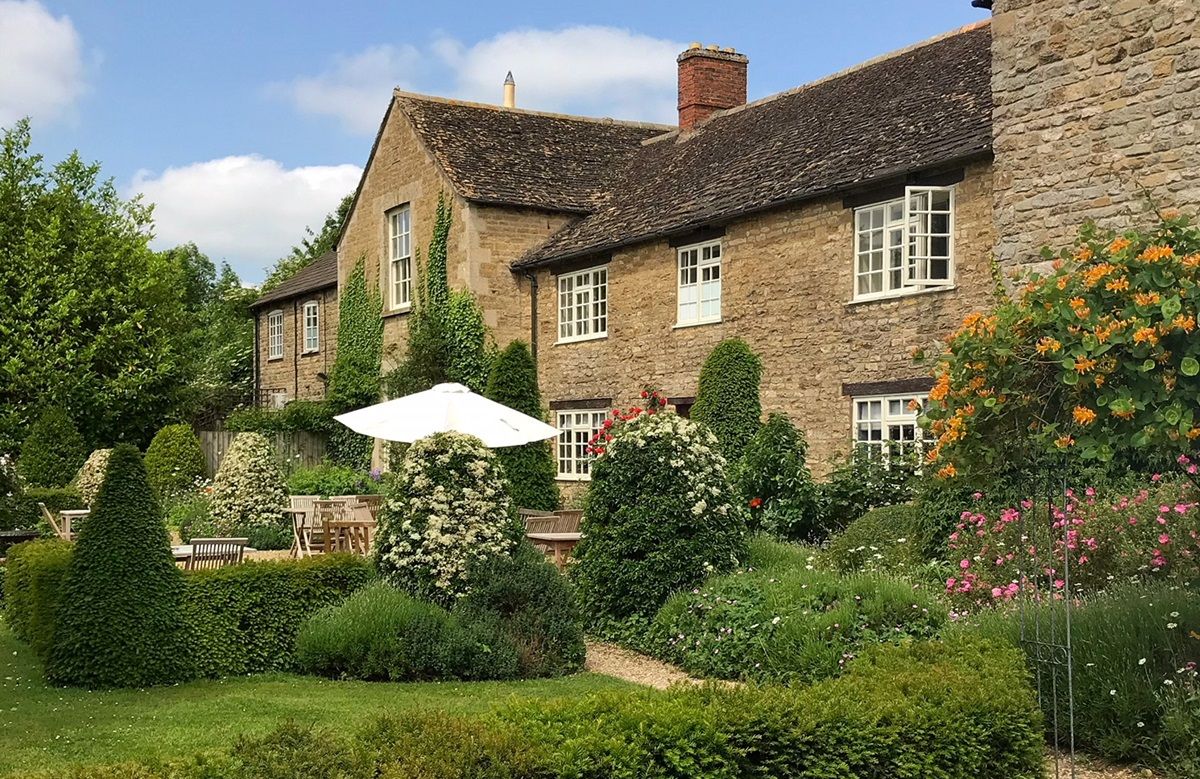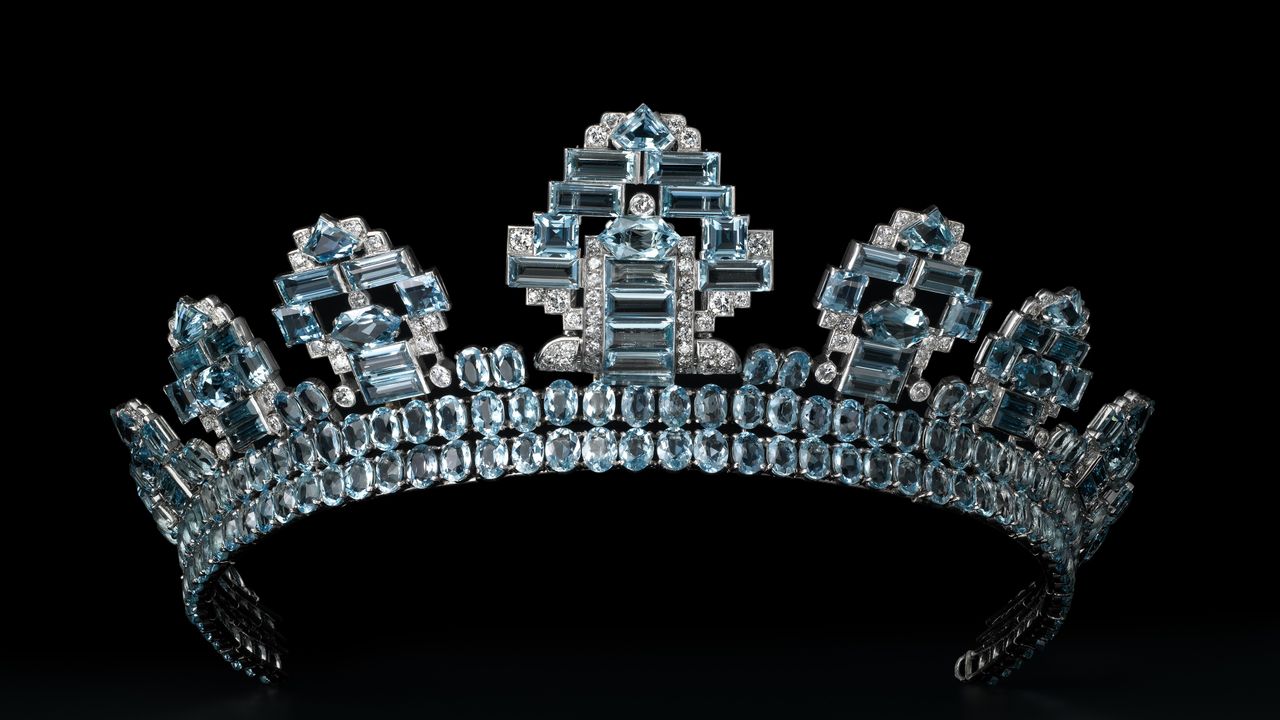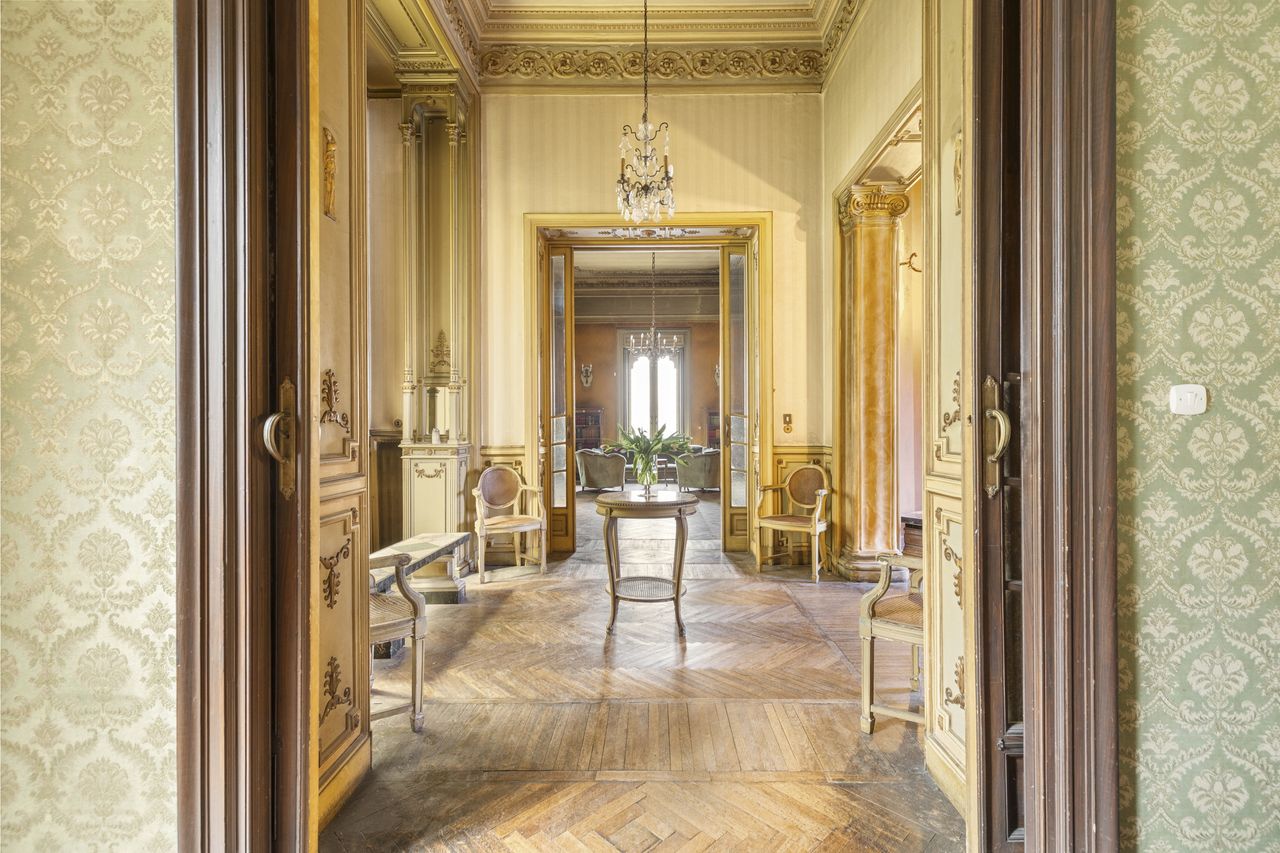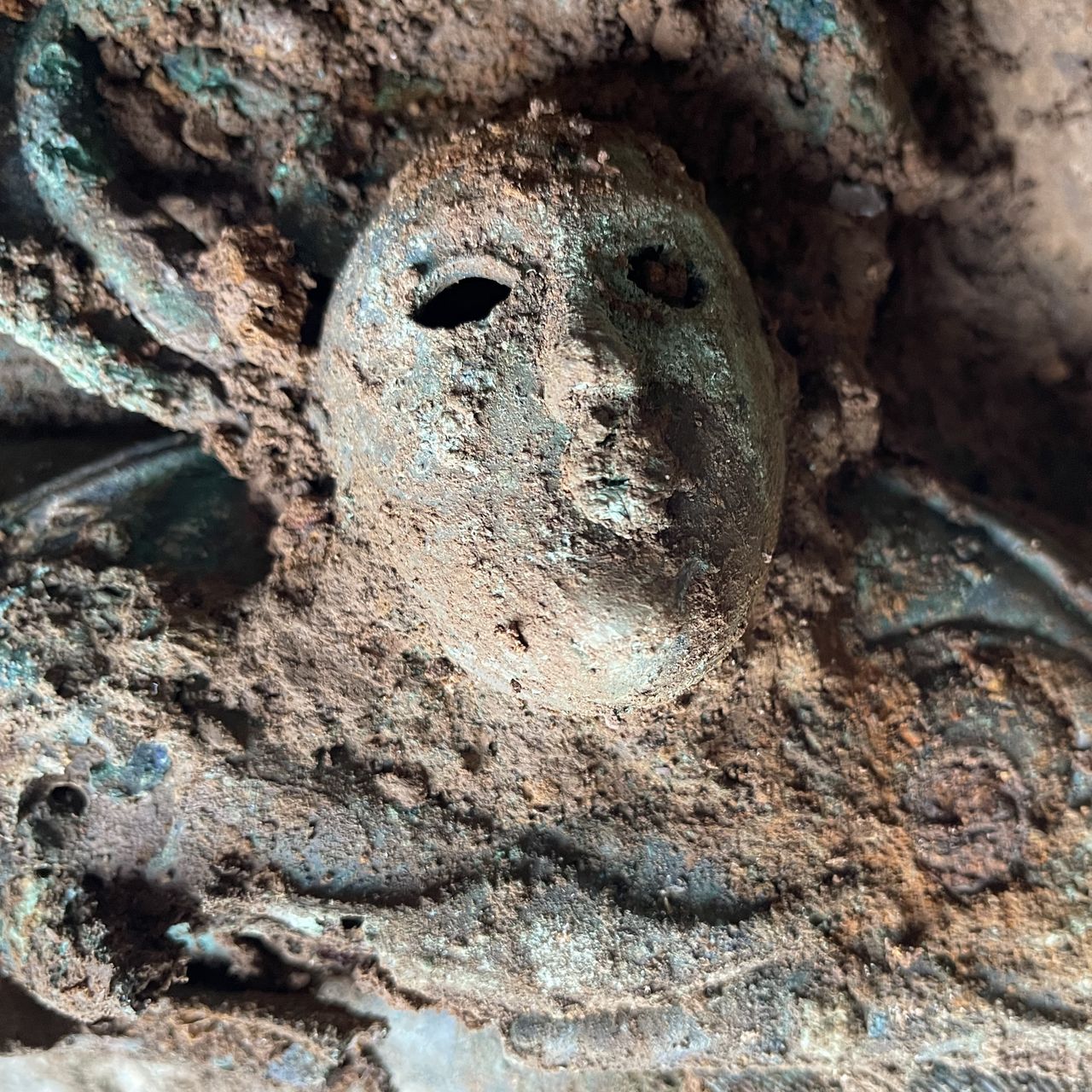‘The teacher asked us to paint "like we were having sex"': How to kill seven days 'voyaging' on the Queen Mary 2
Pamela Goodman on the unique challenges — and opportunities — of spending seven days afloat while crossing the Atlantic on the Queen Mary 2.

We were staying with friends a couple of weekends ago and spent the Saturday afternoon at their local village fête. This turned out to be more of a craft fair-cum-car-boot sale than the traditional tombola and cake-stall affair, with endless bric-a-brac and multiple artisans selling anything from homespun jewellery and corn dollies to knitted baby bonnets and lavender bags. Among them was a lady busily carving elaborate flowers and vegetables out of blocks of soap.
I was intrigued — not, I hasten to add, because I had a particular penchant for a piece of soap that looked like an artichoke, but because it took me back to my own inglorious attempts at vegetable carving. This was never a skill I had imagined adding to my limited portfolio of accomplishments, but, when an interesting opportunity presents itself, why would I turn it down? After all, who’s to say that carving a carrot into a flower might not one day come in handy?
We were on board RMS Queen Mary 2 on a transatlantic crossing from New York City to Southampton — a seven-night trip very specifically referred to as a ‘voyage’, not a ‘cruise’, on the basis there are no stopping-off points. I don’t need to tell you what a mighty ship she is, how elegant her contours or how slick the inner workings of her engines. More relevant here is life on board and how nearly 3,000 guests are kept entertained for seven long days and nights at sea.
There were some, undoubtedly, who viewed the week as a chance to retreat to their cabins with a stash of good books; there were some who came to convalesce, knowing the medical facilities on board are second to none; there were those who came to eat and drink, to have a flutter in the casino, to languish in the planetarium, to dance, to party, to celebrate. And there were some, like me, who decided to fill each day with as many ‘new’ activities as possible.
"The winning class was fruit and vegetable carving, or mukimono"
First up were duplicate bridge classes, to which I dragged along a reluctant husband who has long been resisting the game. Not a success. Then came watercolour painting, brought to an abrupt end when the teacher, a wildly eccentric Canadian lady dressed in flamboyant silk rags, asked us to paint ‘like we were having sex’ — a slight conundrum when our subject matter was a bucolic river scene of drinking cows and weeping willows and our classmates looked decidedly unfrisky.
Thereafter, we rather drifted apart, my husband outdoors for competitive games of deck quoits and padel (challenging on the Atlantic swell); me to the nether regions of the ship for all manner of interesting classes. Knitting and needlepoint, it transpired, was for the pros who had brought ongoing projects with them for advice on tricky stitches; scarf-tying proved altogether less popular, but useful in that I learnt multiple ways to tie a sarong and, should the occasion arise, a neck and head scarf.
Flower arranging was handy, too, a skill that could still benefit from much fine tuning, but the winning class was fruit and vegetable carving, or mukimono, as us aficionados like to call it. Armed with the sharpest of tiny scalpels and a basket of cucumbers, watermelons, tomatoes and apples, we fashioned — or tried to — a range of decorative floral garnishes. It was hit and miss, I have to say, although I did produce a perfect red rose from rolled tomato skin.
Sign up for the Country Life Newsletter
Exquisite houses, the beauty of Nature, and how to get the most from your life, straight to your inbox.
A voyage of discovery you might call it, as the days at sea eased gently by, delivering us in Southampton relaxed and jet lag-free. When I relayed my Queen Mary 2 learning curve to the lady with the soap, she kindly offered me another lesson, but I felt I had ticked that box.
Toby Keel is Country Life's Digital Director, and has been running the website and social media channels since 2016. A former sports journalist, he writes about property, cars, lifestyle, travel, nature.


